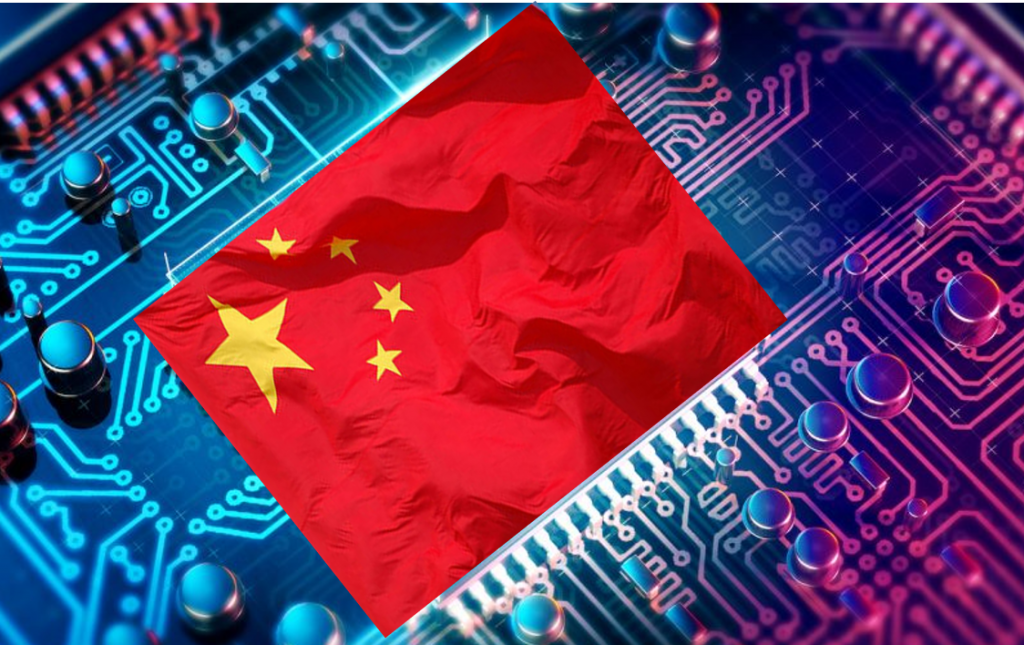

According to China's customs data, the country imported $350 billion worth of semiconductors in 2020, which is more than the same year's crude oil imports. Importing semiconductors is also the country's largest categorical trade deficit, with the greatest difference in what China imports and exports for this particular type of commodity.
Since 2005, China has become the world's largest importer of chips. As a result, for the past couple of years, global chipmakers and governments in their home countries have been consumed by their policy to seek semiconductor self-reliance.
They are concerned that China is attempting to build a domestic chip supply chain in order to reduce its reliance on imports that have proven competitive in other economies, most notably South Korea, Taiwan, and the United States.
Real, China has worked out how to boost its domestic chip demand. The aim isn't to transform China into a silicon locavore, totally cut off from global supply chains. Making a chip is a complicated process involving a number of companies that specialize in different aspects, and no one country can do it all. China is attempting to bring the highest-value-added steps of the process, such as chip design and processing, to the coast, but no matter how effective this is, the country will remain reliant on global supply chains.
(Image credit: Bigstock/casezy)
